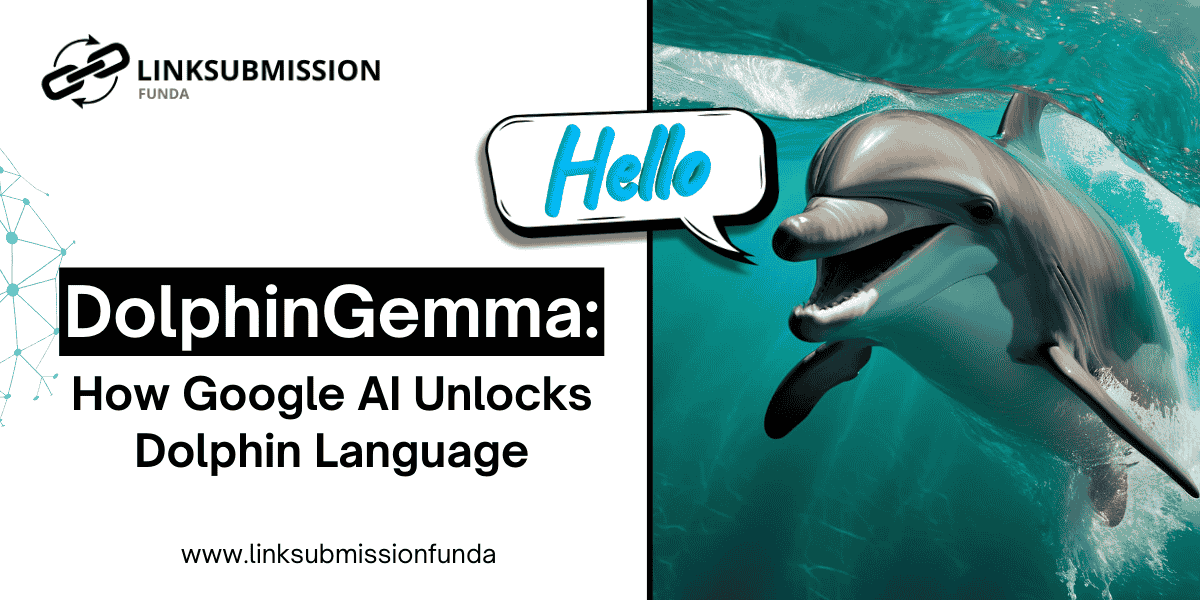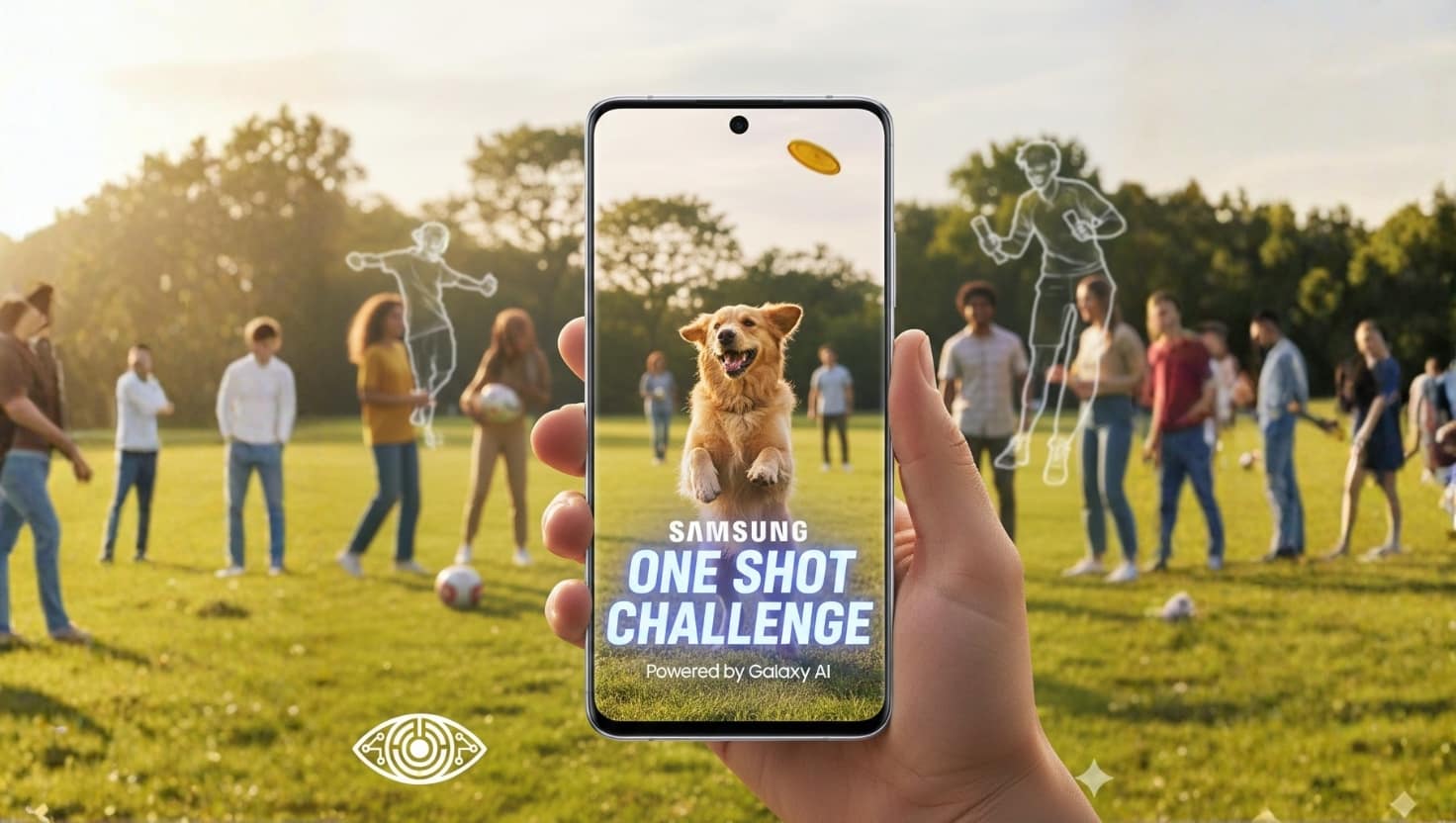Discover how Google AI’s DolphinGemma decodes dolphin communication, revealing insights into their language and social behaviors.
What is DolphinGemma?
Imagine a society in which dolphins and humans are able to “talk”. That is the objective of DolphinGemma, a state-of-the-art AI model that was introduced on April 14, 2025, by Google, Georgia Tech, and the Wild Dolphin Project (WDP). Dolphin vocalizations, such as clicks, whistles, and burst pulses, are analyzed by this 400-million-parameter tool to reveal their hidden patterns. Understanding dolphins’ communication system is more important than translating their speech into English; it’s similar to deciphering a secret code. DolphinGemma’s core concept is dolphin communication, which could help close the gap between people and these sentient marine animals.
Technology Behind DolphinGemma:
How does an AI “listen” to dolphins? DolphinGemma uses Google’s SoundStream tokenizer to break down dolphin sounds into manageable pieces, much like how we split sentences into words. This AI model processes audio in real time, predicting the next sound in a sequence to reveal communication patterns. Designed to run on Google Pixel phones (Pixel 6 now, Pixel 9 by summer 2025), it’s lightweight yet powerful, making it perfect for researchers in the field. This blend of machine learning and audio processing is a game-changer for studying animal language.
Collaborating with the Chat System:
“Dolphin Gemma” is used in conjunction with the Cetacean Hearing Augmentation Telemetry (CHAT) system; it does not function independently. CHAT, created by Georgia Tech and WDP, teaches dolphins to associate artificial whistles with entertaining items like scarves or seagrass. CHAT creates a simple shared vocabulary by alerting researchers to react when a dolphin mimics the sound. By anticipating what a dolphin might “say” next, DolphinGemma enhances this and facilitates more natural and intuitive human-animal interaction. It’s similar to setting up a chat room between dolphins and humans!
Based on Dolphin Data for Decades:
DolphinGemma’s training data, which WDP has gathered since 1985, is what makes it so magical. This includes recordings of Atlantic spotted dolphins underwater, along with their distinctive calls for identification (signature whistles), squawks (during arguments), and buzzes (during courtship or predator alerts). “Dolphin Gemma” analyzes these and finds patterns that could point to a language-like system. This in-depth analysis of dolphin behavior and underwater recordings strengthens the AI’s capacity to interpret intricate vocalizations.
From Field Experiments to Worldwide Impact:
In 2025, DolphinGemma is being used in the field by WDP researchers, who are using Pixel phones to analyze dolphin sounds in real time. Previously requiring hours of human labor, it is already assisting in the identification of communication clusters. Google intends to make DolphinGemma publicly available as an open model by the summer of 2025, allowing researchers from all over the world to modify it for use with different species, such as bottlenose dolphins. By shedding light on how dolphins interact and flourish in their environments, this could revolutionize cetacean research and improve conservation applications.
Why It Is Important for Conservation and Science:
DolphinGemma is a resource for comprehending dolphin social structures and cognition, not just for fostering curiosity. It may reveal whether dolphins speak a language with rules similar to ours by decoding vocalizations. Beyond science, it addresses practical problems like marine noise pollution, which impairs dolphins’ speech and navigation. DolphinGemma’s insights may influence marine conservation tactics, safeguarding these animals and their marine environments. Nature and knowledge both benefit.
Difficulties and the Wider View:
Dolphin speech is difficult to decode. Because of regional variances, dolphins in various locations may have distinctive “accents,” necessitating customized models. Furthermore, it’s still unclear to us whether their vocalizations constitute a true language. Alongside initiatives like the Earth Species Project, which studies crows, and CETI, which studies sperm whales, DolphinGemma is a part of a larger movement. Though ethical concerns, such as how we apply this knowledge, remain significant, these initiatives push the limits of interspecies communication. DolphinGemma is a brave beginning, but the path to dolphin “conversations” is a long one.
Conclusion: A New Era for Dolphin Communication
Dolphin Gemma represents an exciting advancement in our understanding of dolphin communication. Decades of research combined with AI technology are revealing more about how dolphins interact, connect, and navigate their environment. Although there are still obstacles to overcome, such as regional differences and ethical issues, there is no denying its potential to revolutionize cetacean research and support marine conservation. Dolphin Gemma challenges us all to reconsider our relationship with nature as it expands globally in 2025. Join the discussion and dive into this adventure at the Wild Dolphin Project!





